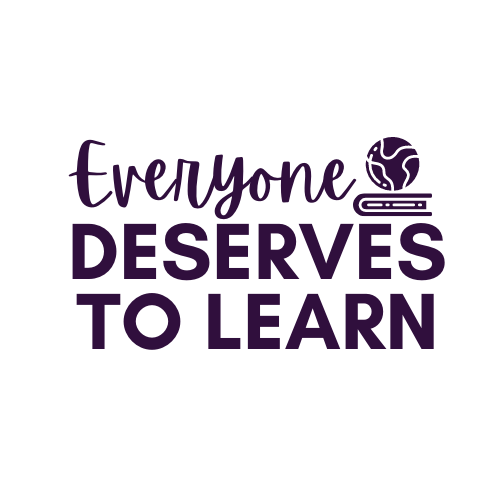Pin-spired: Newcomers' First Poetry! (An LEA Activity)
In the ESL department at our school, we try to combine CCSS standards with the WIDA standards of Reading, Writing, Speaking, and Listening in every class period. I can do that easily with my higher proficiency students, but am struggling to get in the writing with my Newcomers. I've been trying to get them to expand their sentences (this from students who in September couldn't tell me their names! Crazy!) from "I go outside," to "I go outside and play ______." That is a slow process, but I have been using something called LEA, or Language Experience Approach to help me out.
When I saw this Pin on Pinterest, I was Pin-spired, and knew I had to do it with my own class.
With all the snow we've had recently, they had plenty of background knowledge in what they can and can't do in it, and it provided a great segue into a little bit of poetry!
I created an anchor chart based on the Pin, with space for each of my students. (Don't mind the Cookie Jar anchor chart!) Then I projected this little poem up on the board and talked about how a poem is a very very short story that is only on one page. I told them that sometimes a poem has words that sound the same (we haven't done rhymes yet- still working on vowel sounds/digraphs).
We read it together and I asked very simple questions on their level, such as "What is falling? Rain or snow?" "Is it loud or quiet?" "Can you hear it?" "Can you see it?" Sometimes with low-proficiency students it helps to give them a "choose your answer" question, which is usually the case for us. We are working on answering in a complete sentences ("I can see the snow," "It is quiet,") so even though the Common Core Police would put me in Complexity Jail, the WIDA Defense Attorneys would get me out.
Once we practiced our fluency, we began to write our own snow poem. I modeled what my can and can't would be, then I took their suggestions and wrote them on the board. ESL Tip: When you are practicing LEA, it's important to write down exactly what the student dictates, even though it's grammatically incorrect. For students who are insecure about their speaking, changing what they say can make them less likely to produce language the next time you ask.
In LEA, the students dictate what they want to write, the teacher writes it, then the students read it back. The theory is that if you can say it, you can read it. In this, that was true 7/8 of the time. My one exception was my 1st grader, who chose to tell me, after much 7 year old deliberation, "I can't write snowman." I prompted her for a different choice but she stuck with that one, and even after much repetition she was unable to remember her "I can't", though she could read her "I can" words.
When we finished sorting our can's and can'ts, we moved on to the individual writing piece. I just moved my easel closer to the table to make it easier to copy- some students still have trouble with one to one correspondence.
Here are some finished projects! Aren't they cute? I had them draw the snowmen with chalk, and when I set it on the table, their eyes went wide. They told me that in Thailand their teacher used to write with chalk. I know they are often homesick, so I was happy to let them have this little bit of home for a few minutes.
We hung them on the bulletin board outside, then each student read his or her poetry to the rest of the class. It was a great lesson and a wonderful way to incorporate writing, and all because of one pin!
Have you ever been pin-spired to create a lesson or unit? Also, please head on over to my good friend Amy's blog and help her celebrate the big 3-0-0! (Followers, that is!) She's a great friend and has some amazing bloggers helping her out!









